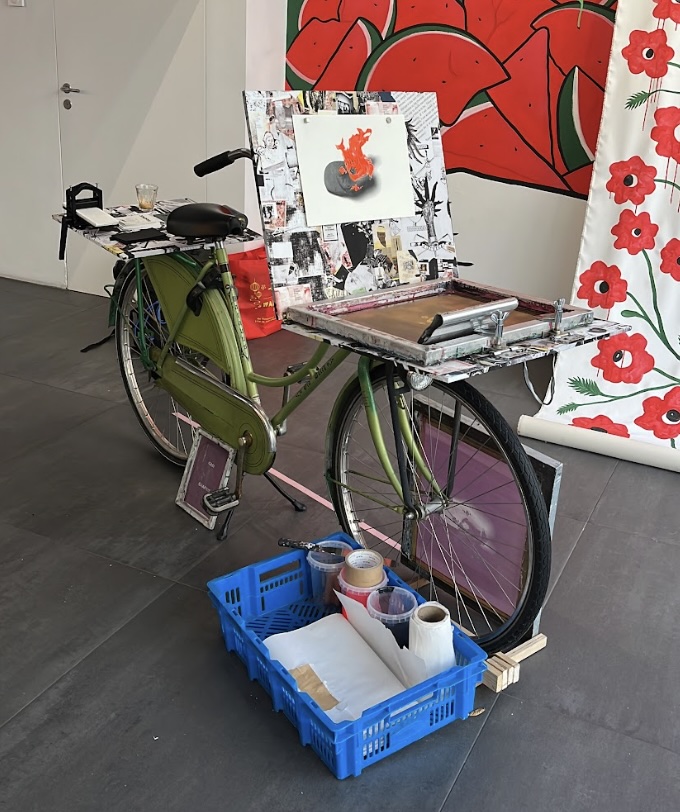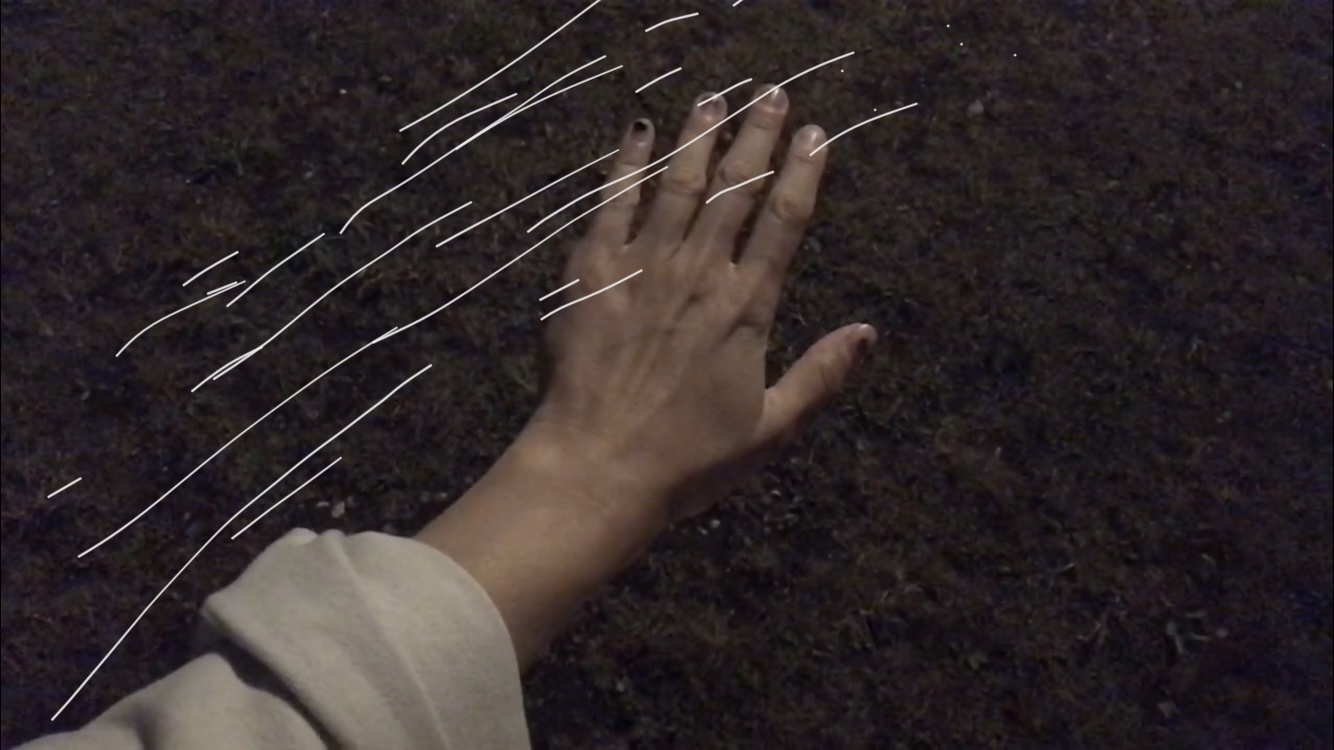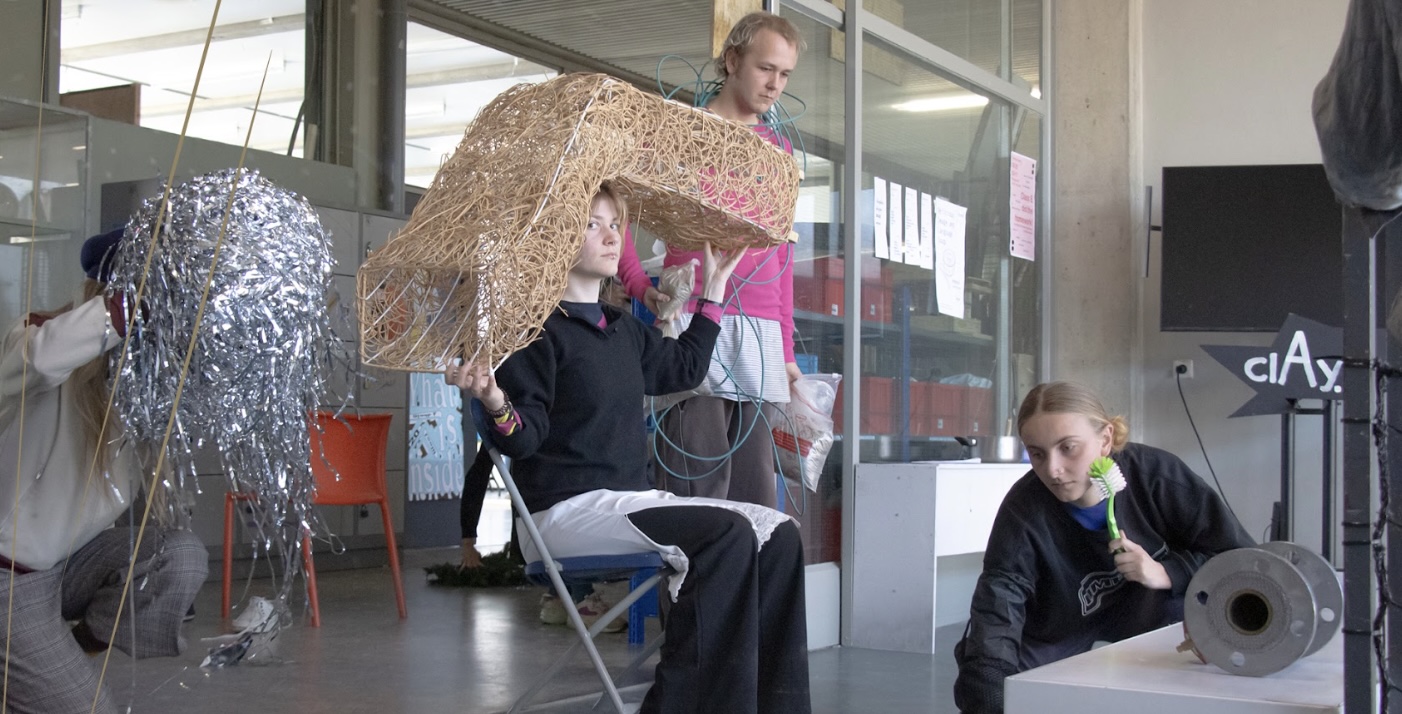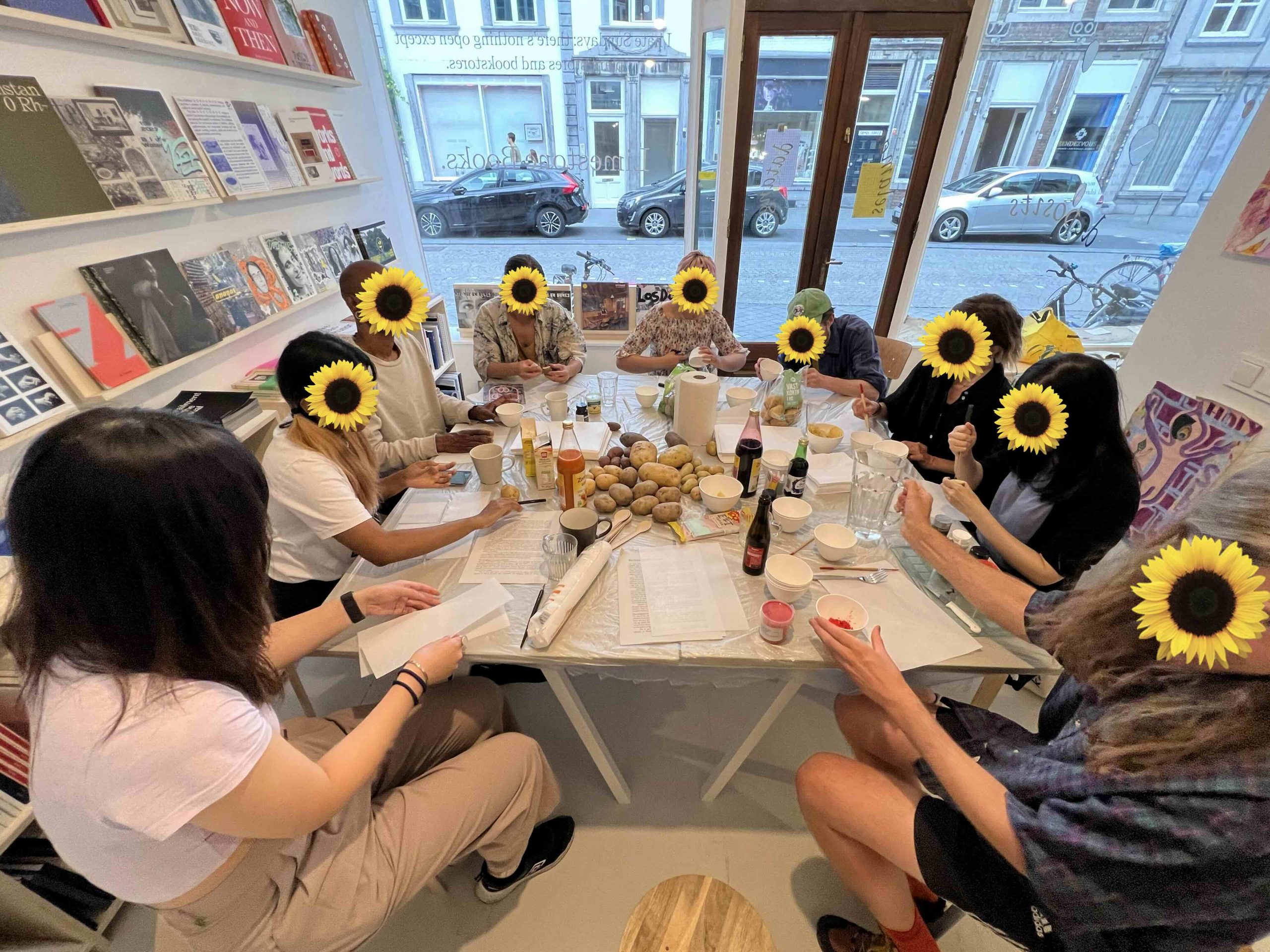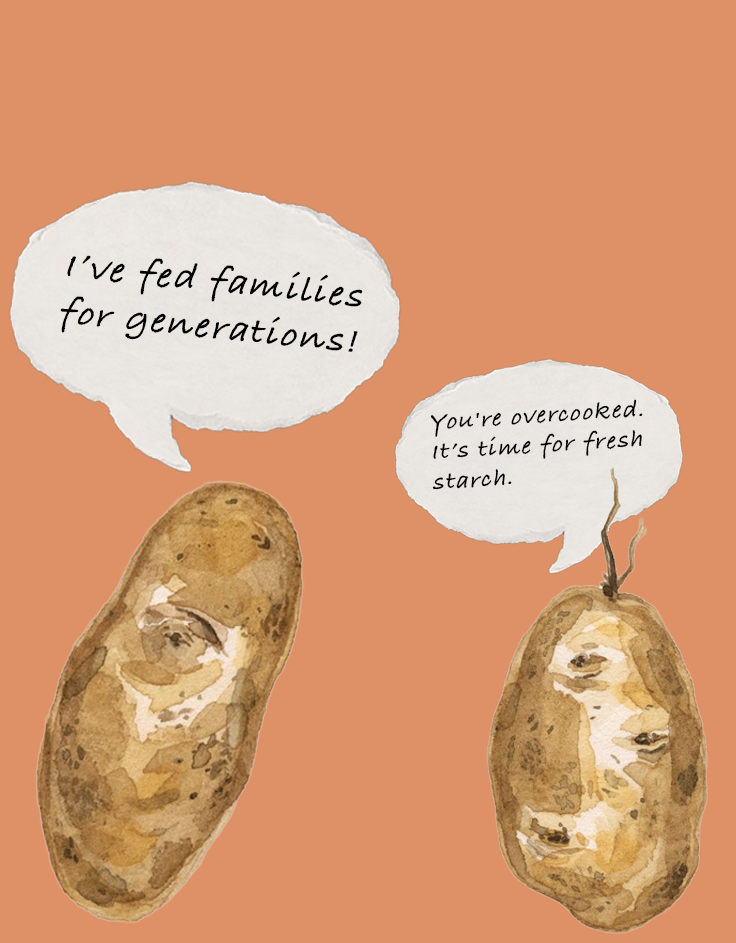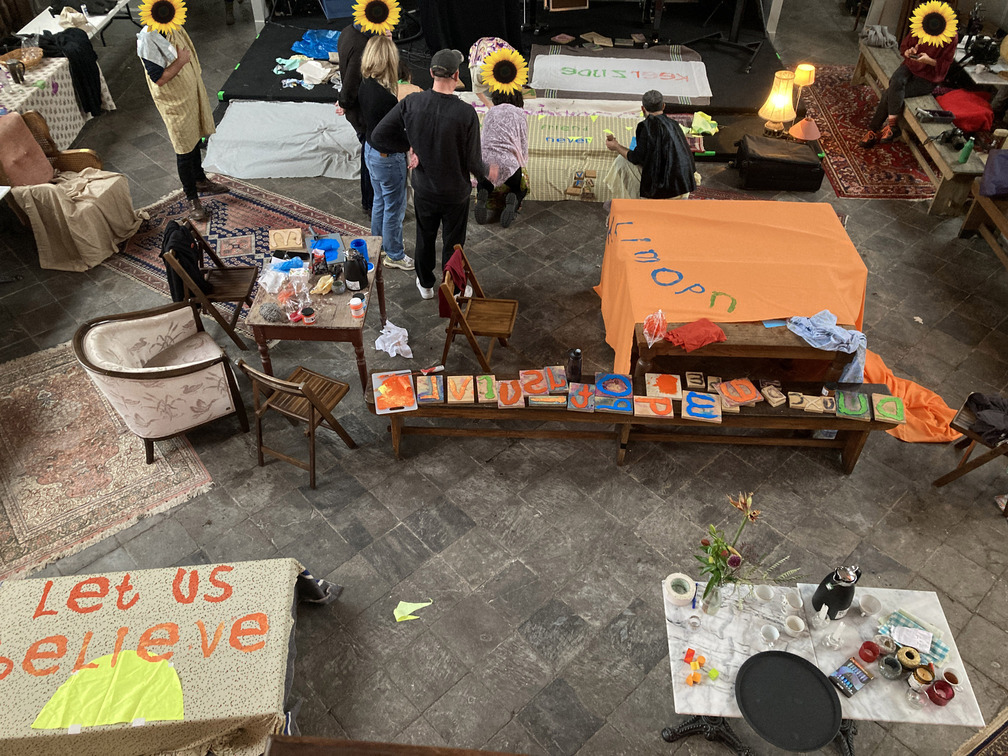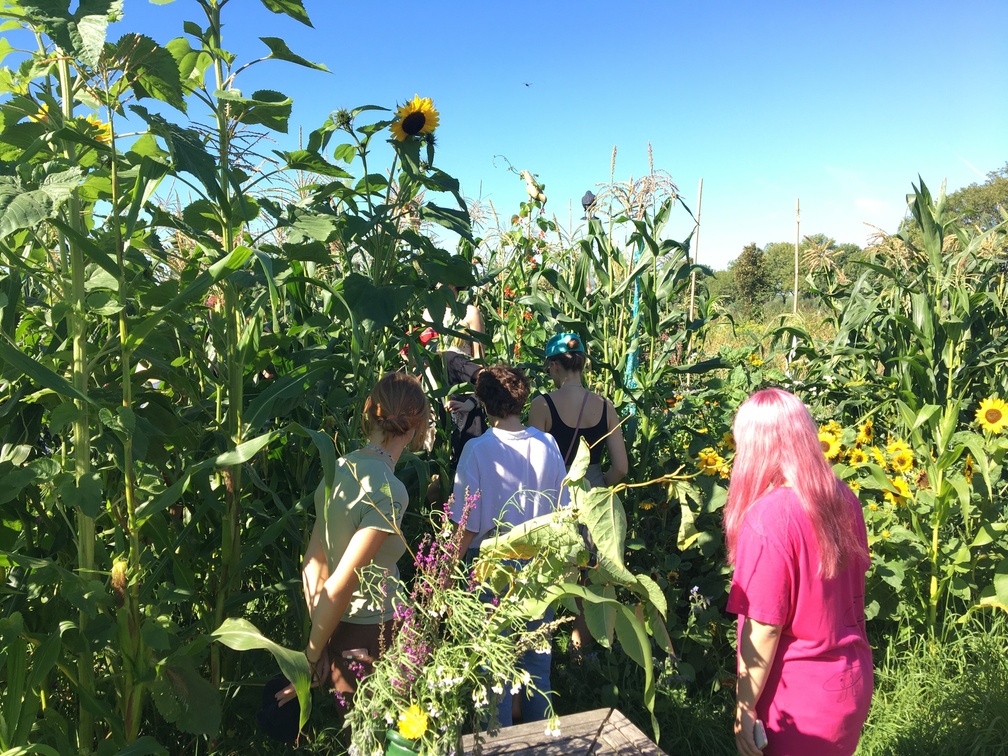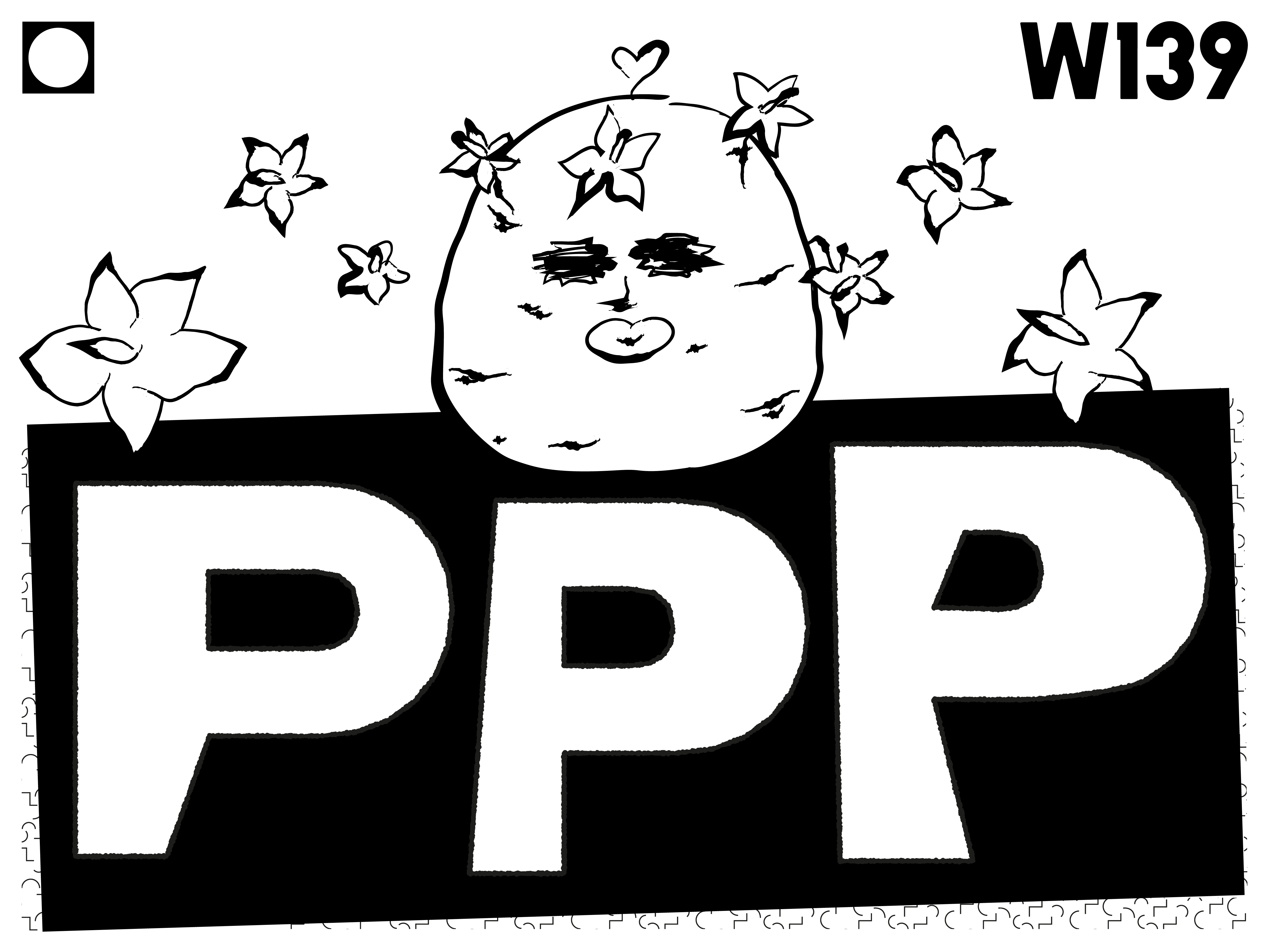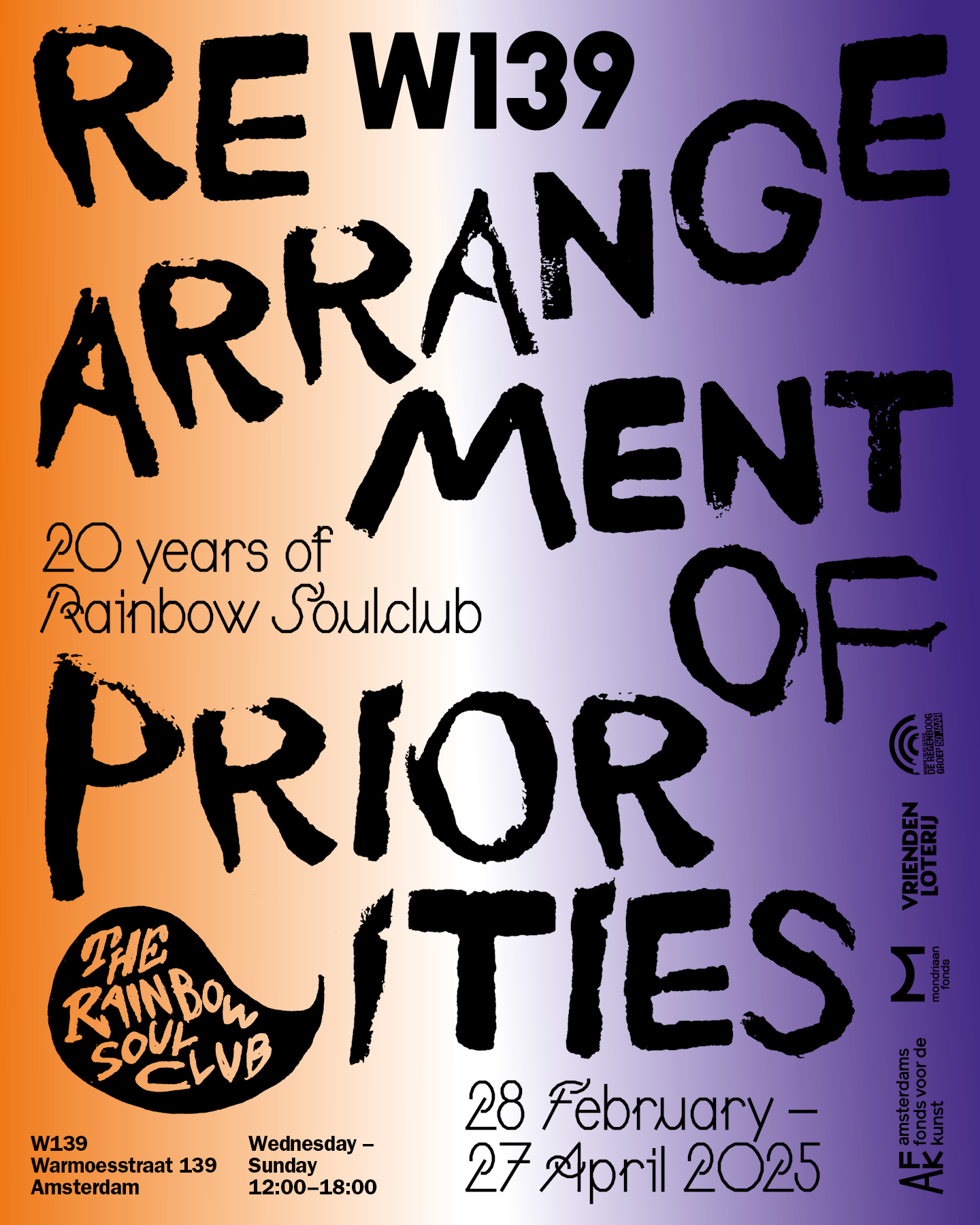Hoe kunnen kunstenaars en ontwerpers hun praktijk duurzamer maken, niet alleen vanuit ecologisch oogpunt maar ook met een blik op henzelf? Het huidige politieke en ecologische klimaat vraagt om dringende actie. We moeten snel handelen, voordat onze bronnen en grondstoffen opraken. Maar hoe bewegen we ons door dit landschap zonder onszelf op te branden? Laten we even vertragen, het persoonlijk maken en samenkomen – en van daaruit verder bewegen.
Deze workshop is bedoeld voor studenten en beginnende kunstenaars, ontwerpers en artistiek onderzoekers om ervaringen en ideeën uit te wisselen over hoe een duurzame kunstpraktijk eruit zou kunnen zien – met bijzondere aandacht voor je eigen behoeften en beschikbare middelen.
Voor deze gelegenheid heeft Urgent Ecologies (Gerrit Rietveld Academie) ook meerdere kunstenaars, ontwerpers en artistiek onderzoekers uitgenodigd om deel te nemen aan de gesprekken in kleine groepen. Tussen de gesprekken door doen we lichaamsbewustzijnsoefeningen onder begeleiding van Rosalie Bak (affectief en artistiek onderzoeker en haptonomisch professional).
Tijdens de workshop bewegen we tussen een individueel en collectief perspectief – via de verbinding met onszelf, de ruimte die we samen dragen, en onze gedeelde verantwoordelijkheid voor de wereld waar we ook zelf deel van uitmaken. We leggen de nadruk op het belang van het moment zelf, en maken samen een fysieke, collectieve output van klei die vervolgens onderdeel wordt van de tentoonstelling.
Inloop — 13:30
Start workshop— 14:00
Wil je meedoen? Reserveer je plek de Eventbrite-pagina van het evenement.
Deelname is gratis, maar een donatie is van harte welkom. Er zijn een beperkt aantal plekken beschikbaar.
Urgent Ecologies is een initiatief van de Gerrit Rietveld Academie dat zich richt op het bevorderen van een fundamentele ecologische en duurzame benadering op alle niveaus van de academie: binnen het (kunst)onderwijs, institutionele activiteiten en beleid. Het doel is om duurzaamheid breed te integreren: zowel een onderwerp in het onderwijs, als in het dagelijks functioneren van de academie. Urgent Ecologies geeft beleidsadvies en initieert, ondersteunt en belicht verschillende projecten, evenementen en samenwerkingen. Enkele voorbeelden van acties zijn: het initiëren van een veganistische kantine, een gemeenschapstuin op de campus (Garden Department), een steunfonds om het gebruik van duurzame productiemethoden aan te moedigen en een materialenbibliotheek.
Rosalie Bak works at the intersection of affective research, embodiment, and spatial practices, with a strong focus on ecology, art, and somatic care. As an artist and haptonomic professional she is interested in the ambiguous relationship between people and their non/living environments and explores how to make complex predicaments experiential through the body. Her multidisciplinary practice spans from the development of new methodologies and pedagogies to storytelling, writing and the design of workshops, walks and experiences, often working with communities, scientists, (artistic) research groups and the more-than-human world.
Mariana Jurado Rico is an artist and curator working with printing, installation, publishing, radio, and video performance to facilitate points of merger between people. Her works build situations with elements of humor, failure, impatience, and contradiction as tools of resistance. Currently she is working on different collaborative projects that tackle her interest in independent initiatives and self-initiated processes.
Together with Francisca Khamis Giacoman, she founded Espacio Estamos Bien (EEB), an autonomous non-autonomous space for contradictory things to happen based in Amsterdam that organizes gatherings, publications, exhibitions, and other formats. EEB started plotting the idea of a new space in Amsterdam—not necessarily a physical one—that could provide an affective and supportive context. A space for those who do not belong in the institutional circuit. A space that is always changing, always moving, but always available. EEB is an initiator of conversations and a facilitator of situations.
Nina van Hartkamp is a multidisciplinary artist, botanical dyer, and story weaver. She graduated from the Gerrit Rietveld Academie in 2020. Her research-based practice unfolds through socially engaged projects that explore the interconnections between humans, non-humans, and the environment.
Working with materials such as plants, microbes, second-hand textiles, audio, video, and performance, Nina’s projects grow out of intimate exchanges with people and places. Her work is guided by questions of belonging, co-existence, and planetary interdependence.
Through site-specific, immersive experiences—including public installations, collective rituals, and community workshops—she invites participants and audiences to reflect on their relationships with each other and the more-than-human world. Her work offers poetic resistance to extractive systems, individualism, capitalism, colonialism, and patriarchy.
Harriet Rose Morley is a UK-born artist, researcher, and initiator based in the Netherlands since 2018. Her practice explores the gender and labour politics of technical skill within art, design, and architecture, focusing on the working conditions of cultural and technical practitioners. Through her ongoing research Hard Work, Soft Work, she investigates both visible technical skills and undervalued soft skills essential to collective work. A graduate of the Glasgow School of Art and a Dutch MA program, she has led material- and collaboration-based projects, taught across UK and Dutch institutions, and worked with diverse disciplines from architecture to blacksmithing. From 2023–2025, she was Co-Director of Platform BK. In 2025, she will be a Tech Fellow at the Rijksakademie and a resident at Kunsthal Gent.
Amalie ‘Sveske’ Ourø is a Danish artist who has been living, studying and working in the Netherlands since 2018. Her work, mostly performative and site-specific, can be best described as art-anthropology and is inspired by her curiosity about humanity and reflections of the inner workings of our society. Through her work she actively engages with the audience through acts of play and subversion, inviting them to think critically about diverse societal urgencies within the field of sociology, urbanism, and ecology — encouraging meaningful and sustainable change along the way. Amalie Sveske Ourø is part of the art and garden collectives; The Garden Department (Gerrit Rietveld Academie) and Pleasure Ground.
Joakim Derlow is an artist who specialises in fragmented narratives and spatial comics. His practice brings together objects, found items, drawings and his own performative presence to tell stories of a fragmented nature. These elements thrive on their own, but are meant to be seen in a site specific arrangement which provokes the associations and perspectives of an audience. It is their mending eyes that read out trails or a sequence – inso forming the notion of a narrative.
